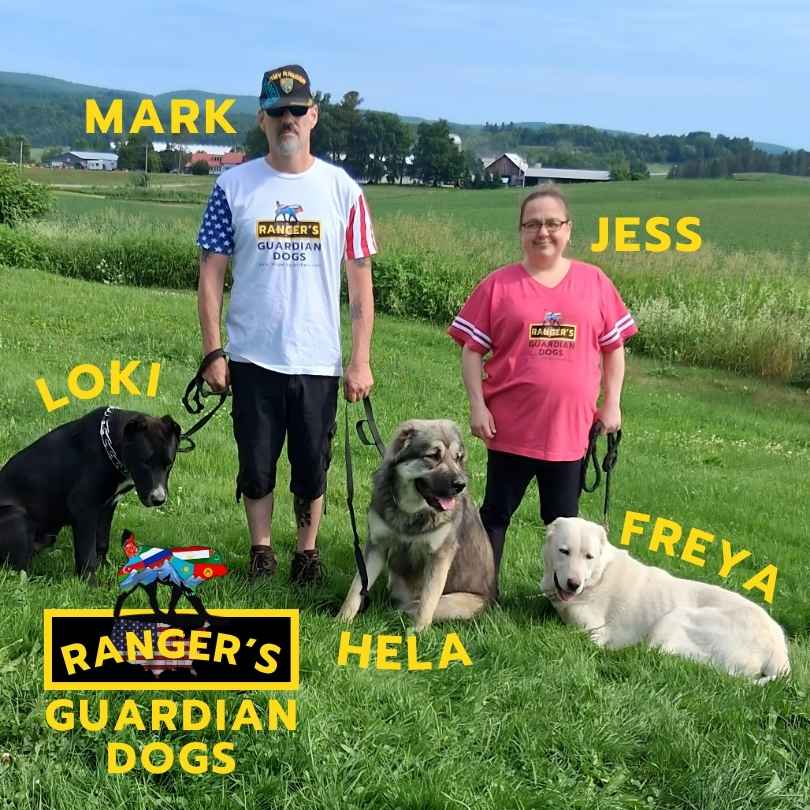The Ultimate Livestock
Guardian Dogs
Central Asian Shepherd Livestock Guardian Dogs for Effective Livestock Security & Property Protection
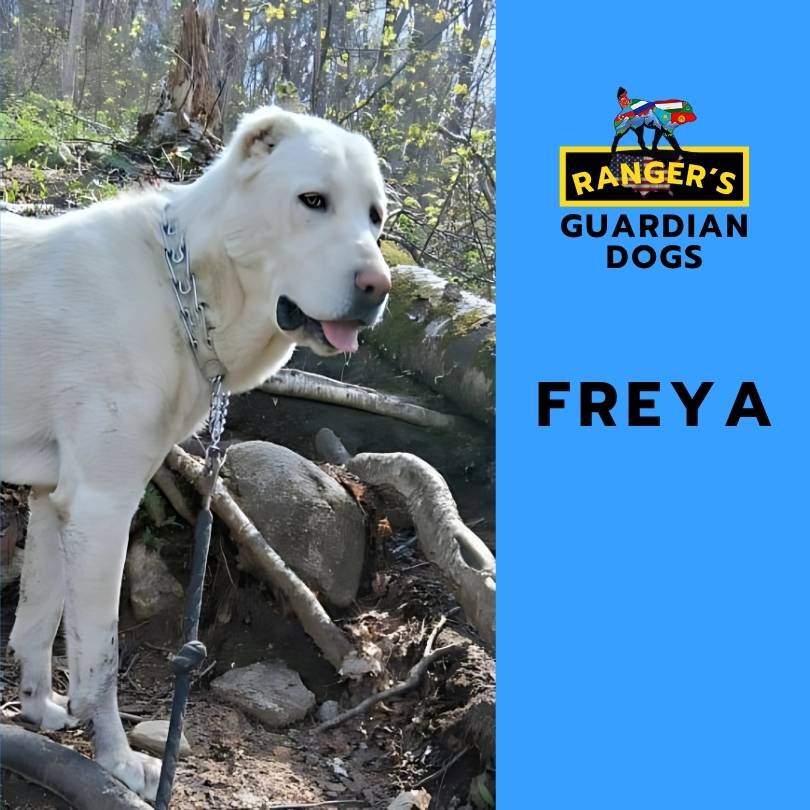
Livestock Guardian Dogs
Livestock Guardian Dogs are bred and trained to protect livestock, property, and people from threats like predators and intruders.
Their primary role is to detect dangers early and respond with deterrence or defense, making them valuable for security in rural and sometimes urban settings.
Keep reading to learn more about the Central Asian Shepherd “Livestock Guardian Dog” breeds, their ancient history, instincts, behavior, and reliability, and why I chose these breeds for my kennel…
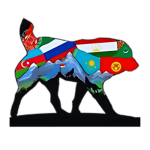
Livestock Guardian Dogs: The Central Asian Shepherd Dogs
Me & Freya (My Turkmen Alabai Dog)
My Pack of Livestock Guardian Dogs: Ancient Bloodlines
Meet my pack of pure-bred Livestock Guardian Dogs!
My pack of pure-bred Livestock Guardian Dogs come from the ancient bloodlines (as far back as 7,000 BC) that created the more widely-known breeds; like the Tibetan Mastiff, and the Kangal.
These Central Asian Shepherd Dog breeds are the only true “pure-bred” Livestock Guardian Dogs on Earth!
Turkmen Alabai Dog
Freya, she’s my Turkmen Alabai Dog (aka, The Central Asian Shepherd Dog, or Turkmen Wolf-Hound).
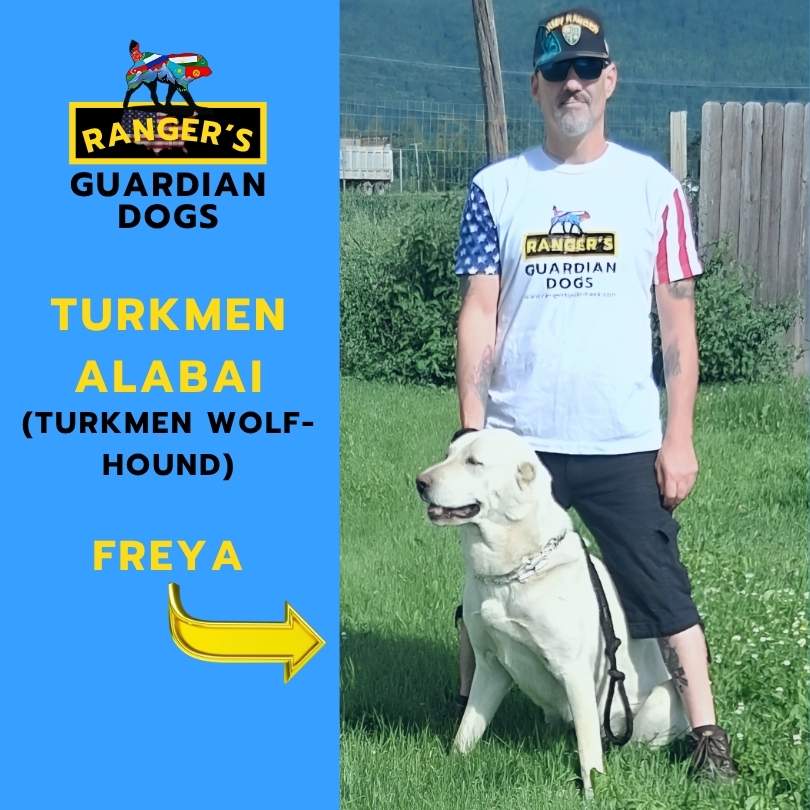
Click the button below to learn more about Freya, her breed, and to see pictures of her parents.
Tajik Aboriginal Dog
Loki, he’s my Tajik Aboriginal Dog (aka, Sagi Dahmarda). This bloodline created the Kangal.
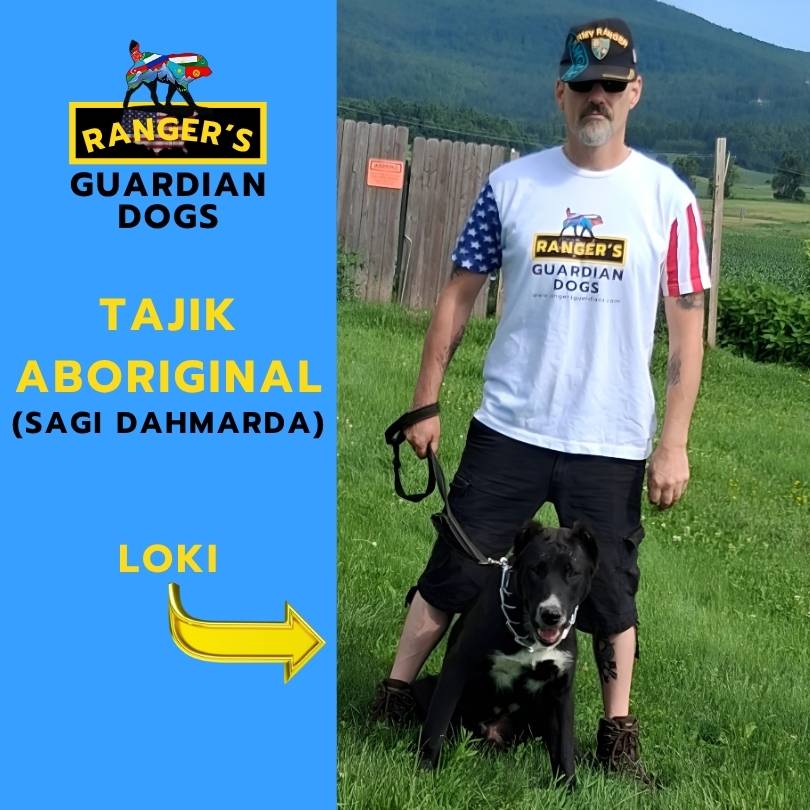
Click the button below to learn more about Loki, his breed, and to see pictures of his parents.
Livestock Guardian Dogs exhibit strong protective instincts, territorial behavior, and loyalty to their charges.
Livestock Guardian Dogs are NOT the same as guard dogs, which are trained specifically to guard property under human commands.
In fact, Livestock Guardian Dogs often work independently to ensure safety.

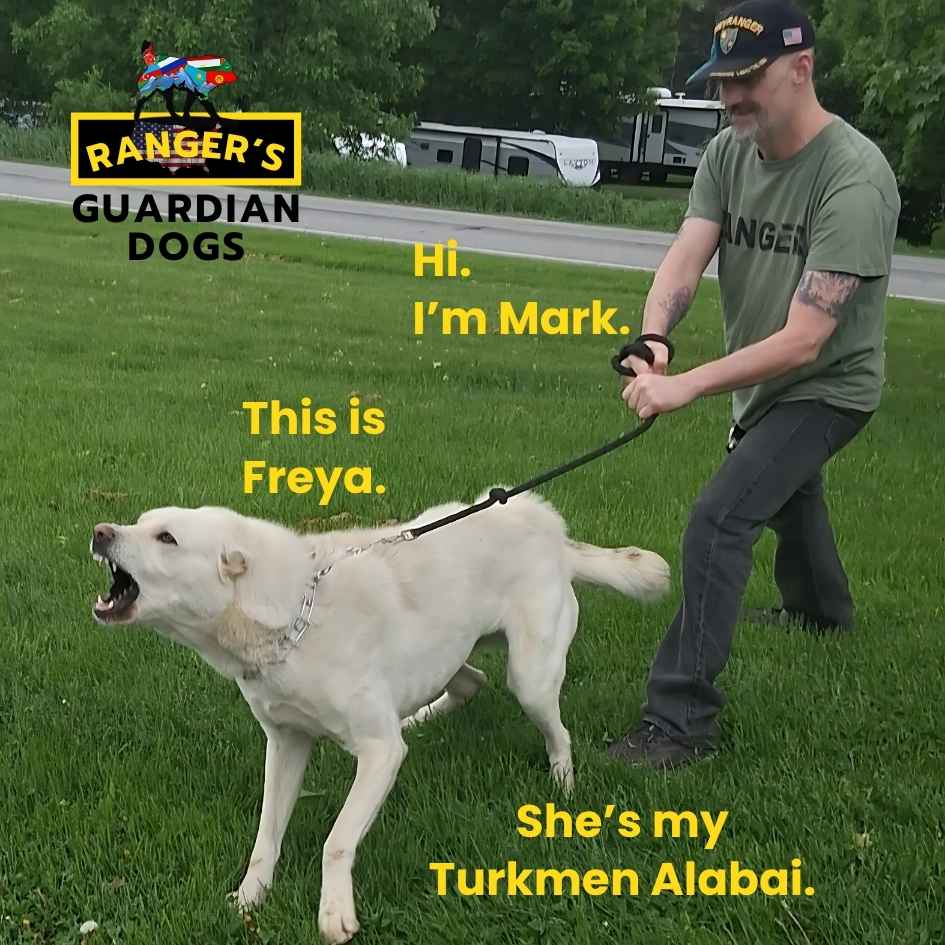
Livestock Guardian Dog Instincts, Behavior & Reliability
“Livestock Guardian Dogs serve as protectors for people, property, and livestock.
Mark J. Buckley | Founder & Owner of Ranger’s Guardian Dogs
Their loyalty, instincts, large size, incredible strength and elite-level of awareness makes them great protectors.
LGD’s are innately-grounded to the core purpose of defense and vigilance; these dogs are true Guardians.
Understanding how LGD’s operate, their breeds, and training needs can help owners choose the right protector for their environment.
This knowledge also clarifies what to expect from Livestock Guardian Dog breeds.
Keep reading to learn more about their instincts, behavior and reliability.”
Overview of Guardian Dogs
Guardian Dog Characteristics & Temperament, History & Origins, Comparison
Characteristics and Temperament
Guardian Dogs are generally large, confident, and alert.
They display strong protective instincts, making them wary of strangers, but loyal to their family or herd.
These dogs tend to be independent thinkers.
Guardian Dogs assess threats calmly rather than react impulsively.
Early socialization and training are essential to balance their natural guarding nature.
Their temperament combines patience with vigilance.
Guardian Dogs can tolerate everyday interactions calmly, but they become assertive when sensing danger or threats.
History
and Origins
Guardian Dogs have roots in ancient civilizations.
As far back as 7,000 BC.
The “Livestock Guardian Dog” breeds were developed by nomadic peoples to defend camps and livestock from predators and thieves.
Great examples of Livestock Guardian Dogs are the Central Asian Shepherd Dogs:
These Livestock Guardian Dogs evolved through selective breeding focused on size, strength, loyalty and territorial behavior.
Over centuries, Livestock Guardian Dogs adapted to harsh environments requiring endurance and intelligence.
Over time, their roles have shifted, but remain centered on protection.
Comparison of Guardian Dogs
Guardian Dogs protect people or property.
Livestock Guardian Dogs (LGD’s) focus on protecting herds from predators.
LGD’s live closely with animals and bond deeply with them.
LGD’s exhibit more tolerance toward animals within the herd and is less likely to threaten humans unless provoked.
Guardian Dogs often guard homes and alert owners to intruders.
Body structure varies.
Guardian Dogs often appear more aggressive and muscular.
LGD’s have a sturdier, bulky frame designed for outdoor endurance and deterrence of wild animals.
Choosing and Training Guardian Dogs
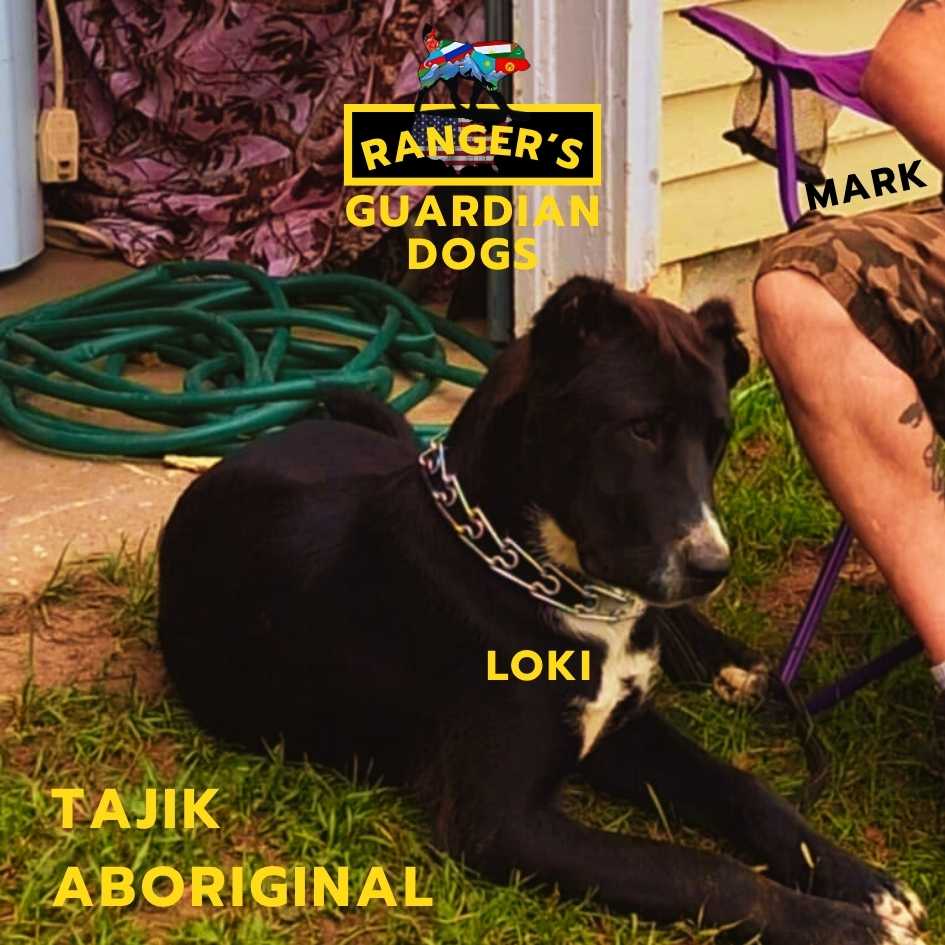
What to Consider When Choosing a Guardian Dog Breed
Deciding on a Guardian Dog involves understanding breed characteristics, training techniques, and how to properly incorporate the dog into its environment.
The process requires attention to temperament, obedience, and controlled social exposure.
Keep reading to learn more about these incredible breeds, their instincts, behavior, loyalty, size, strength and temperament.
And, why I chose the Central Asian Shepherd breeds for my kennel.
* These are important factors to consider when you choose to become a Livestock Guardian Dog owner.
Selecting the Right Breeds
I carefully selected ALL of my Livestock Guardian Dogs here at Ranger’s Guardian Dogs.
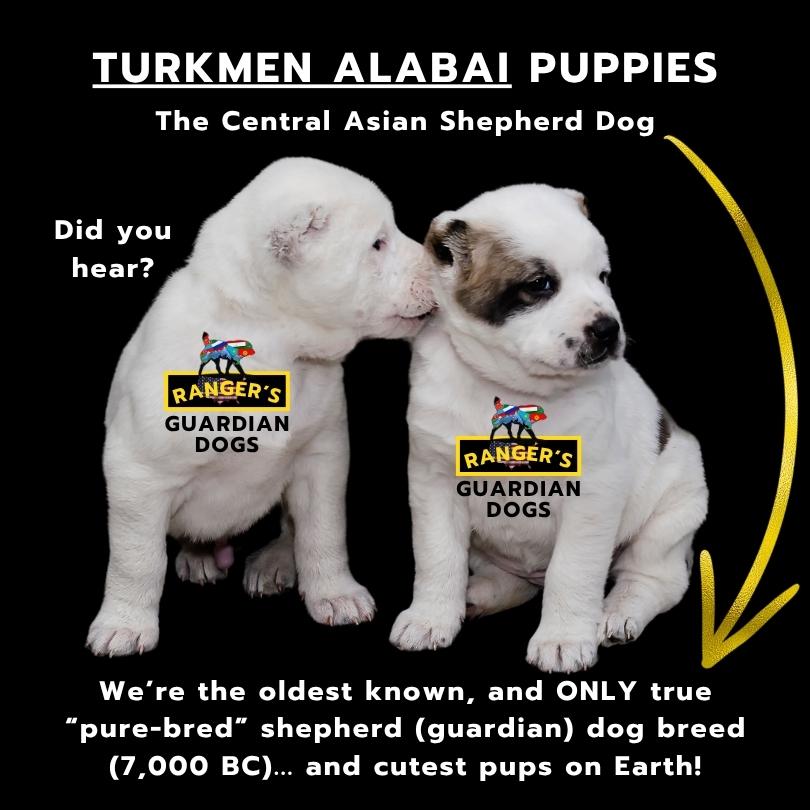
The ideal breeds have natural protective instincts, size, strength, unwavering-loyalty, and temperament suited to the property, or livestock.
Physical traits like strength and endurance matter, but temperament is absolutely critical.
The dog MUST tolerate livestock and family members without any aggression whatsoever.
Health history from breeders is also essential to ensure vigor and longevity.
I provide in-depth health history for all of my Livestock Guardian Dogs.
These breeds exhibit loyalty, alertness, and a calm but assertive demeanor.
Ready to see the Guardian Puppies? Click the button below!
Training Methods for Guardian Dogs
Livestock Guardian Dog Training
Training LGD’s focuses on establishing boundaries and encouraging protective behavior without fostering aggression. Early obedience commands like sit, stay, and come are fundamental.
Positive reinforcement helps maintain motivation and trust. Dogs learn through consistency and routine.
They should be rewarded for alerting, but corrected for unwarranted aggression.
Exposure to livestock they will guard must happen gradually to build familiarity and reduce stress.
I offer professional Livestock Guardian Dog training and consulting services.
Have questions? Want to book a training session or consultation?
Click the button below to go to my contact page and send me a message with my contact form.
If you prefer to talk on the phone, we’re open 7-days-a-week and you’re welcome to call me between 9:00AM-5:00PM (EDT).

Socialization and Integration
Properly Socializing and Integrating Guardian Dogs
Introducing the guardian dog to its environment early affects success.
The dog should meet the family, neighbors, and livestock repeatedly over weeks.
Controlled introductions prevent fear or territorial overreactions.
Regular exposure to various stimuli decreases the chance of inappropriate responses to strangers or animals.
Socialization fosters confidence and maintains the dog’s ability to distinguish between friend and threat.
Does your livestock guardian pup need socializing and training? I’d love to help!
I offer professional Puppy Socialization services.
Have questions or want to book an appointment? Send me a message, or give me a call!
